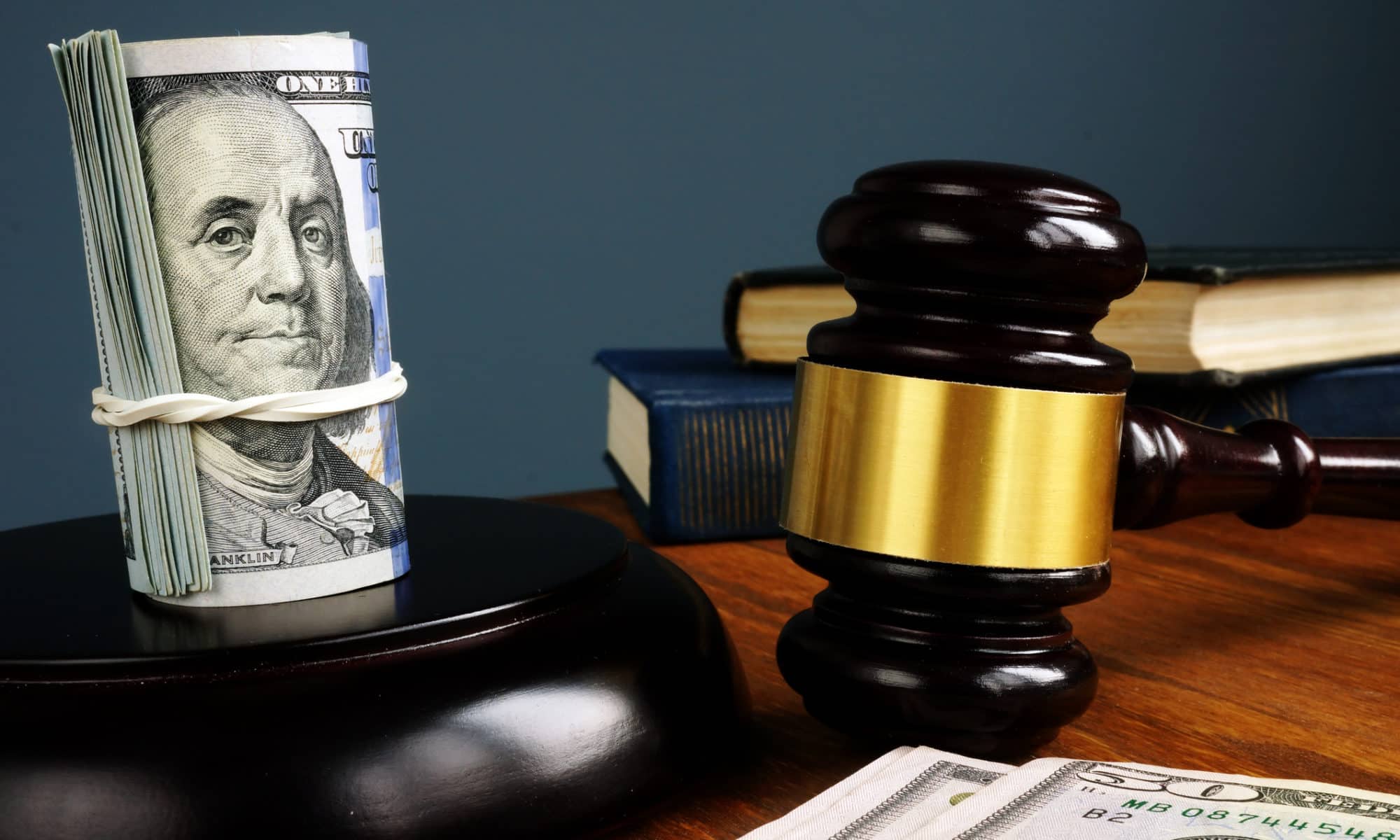While filing a bankruptcy case is usually not as stressful or difficult as many debtors believe, the process is not something anyone wants to repeat. Lawmakers realize that some debtors may experience more than one financial crisis during their lifetime that requires the assistance of the bankruptcy court to resolve. It allows debtors to file bankruptcy again if they find themselves in another financial situation where they cannot pay their debts. The Bankruptcy Code allows debtors to file bankruptcy on more than one occasion. There are no restrictions on the number of bankruptcy cases a debtor can file. However, the bankruptcy code does limit the number of bankruptcy discharge orders a debtor may receive.
How long must I wait to file another Chapter 7 bankruptcy petition after having filed a prior Chapter 7 bankruptcy petition and receiving discharge? A debtor must wait eight years between Chapter 7 bankruptcy cases to be eligible for another bankruptcy discharge under Chapter 7.
How long must I wait to file another Chapter 13 bankruptcy petition after having filed a prior Chapter 13 bankruptcy petition after having received a bankruptcy discharge? The time you must wait between Chapter 13 cases is two years.
How long must I wait to file a Chapter 13 bankruptcy petition after having filed a prior Chapter 7 bankruptcy petition and having received a bankruptcy discharge? Four years is the waiting time between filing a prior Chapter 7 and receiving a discharge and filing a new Chapter 13 bankruptcy petition.
How long must I wait to file a Chapter 7 bankruptcy petition after a prior Chapter 13 bankruptcy petition was filed and received a bankruptcy discharge? A debtor must wait six years before filing a Chapter 7 case and be eligible for a bankruptcy discharge.
Suppose you previously filed a Chapter 13 bankruptcy petition that was a 100% plan, in other words, 100% of the money owed by the debtor was paid back to the creditors via the Trustee. In that case, there is no waiting period to file a Chapter 7 bankruptcy petition or a Chapter 13 bankruptcy petition.
Bankruptcy is intended for the honest but unfortunate debtor. Filing for bankruptcy gives a debtor a fresh start recovering financially from burdensome credit cards, medical bills, lawsuits, wage garnishments, and repossessions. By filing a Chapter 7 bankruptcy petition or a Chapter 13 bankruptcy petition, a debtor gets out of debt, protects their retirement accounts or other financial savings instruments covered by the Bankruptcy Code, and any monetary settlements from workers’ compensation claims, or on-the-job injuries. Better yet, a debtor can retain any property that’s exempt pursuant to the Bankruptcy Code or Florida Statues.
However, filing a bankruptcy case and receiving a bankruptcy discharge are two separate matters. The distinction between a bankruptcy filing and a bankruptcy discharge becomes very important when you are considering filing bankruptcy again.
What is a Bankruptcy Discharge?
The goal of filing a Chapter 7 or Chapter 13 case is to obtain a bankruptcy discharge. The bankruptcy discharge eliminates your legal responsibility to repay a discharged debt. Creditors are prohibited by law from taking any actions to collect a discharged debt. That includes wage garnishments, filing debt collection lawsuits, or sending collection letters. If you file a bankruptcy case but do not receive a bankruptcy discharge, your legal liability to repay debts remains and creditors may sue the debtor to collect the debt when the bankruptcy case is dismissed.
Why Do People File For Bankruptcy A Second Time in Florida?
Debtors throughout Florida file for bankruptcy for a number of reasons. may file a Chapter 7 or a Chapter 13 bankruptcy petition gain. Regardless of the underlying reason a debtor having to file another bankruptcy petition, the common factor in all cases is that the person cannot afford to pay his or her debts because of periods of unemployment, a reduction in income, the death of a spouse, divorce or separation, loss of a business or downturn in business, a sudden illness or accidental injury, overuse of credit cards, and just plain general poor financial management. Unfortunately, someone may experience several financial hardships over the course of their lifetime. While some financial hardships may not require filing for bankruptcy, a debtor may feel the need to file bankruptcy again.

For that reason, the Bankruptcy Code does not prevent a person from filing bankruptcy again. But it does limit the number of bankruptcy discharges a person can receive during a specific period. It is best to consult an experienced Orange Park bankruptcy attorney if you believe you need to file bankruptcy again. A Florida bankruptcy lawyer can analyze your current financial situation, explain your various bankruptcy and non-bankruptcy options for debt relief, and help you choose the best debt relief option for you.
Contact a Bankruptcy Attorney in Orange Park for a Free Case Review
The decision to file a Chapter 13 or a Chapter 7 bankruptcy case should only be made after careful consideration of all debt relief options. If you are struggling to pay debts each month, filing for bankruptcy relief may give you the fresh start you need to recover after a financial crisis.
Bankruptcy Attorney Tony Turner represents individuals in Orange Park, Jacksonville, Lake City, Deland, St. Augustine, Daytona, and the surrounding areas. If you are ready to discuss your bankruptcy options, contact The Law Office of Tony Turner at (904) 679-2020 or use the online form to schedule your free consultation with an Orange Park, Florida bankruptcy lawyer today.






